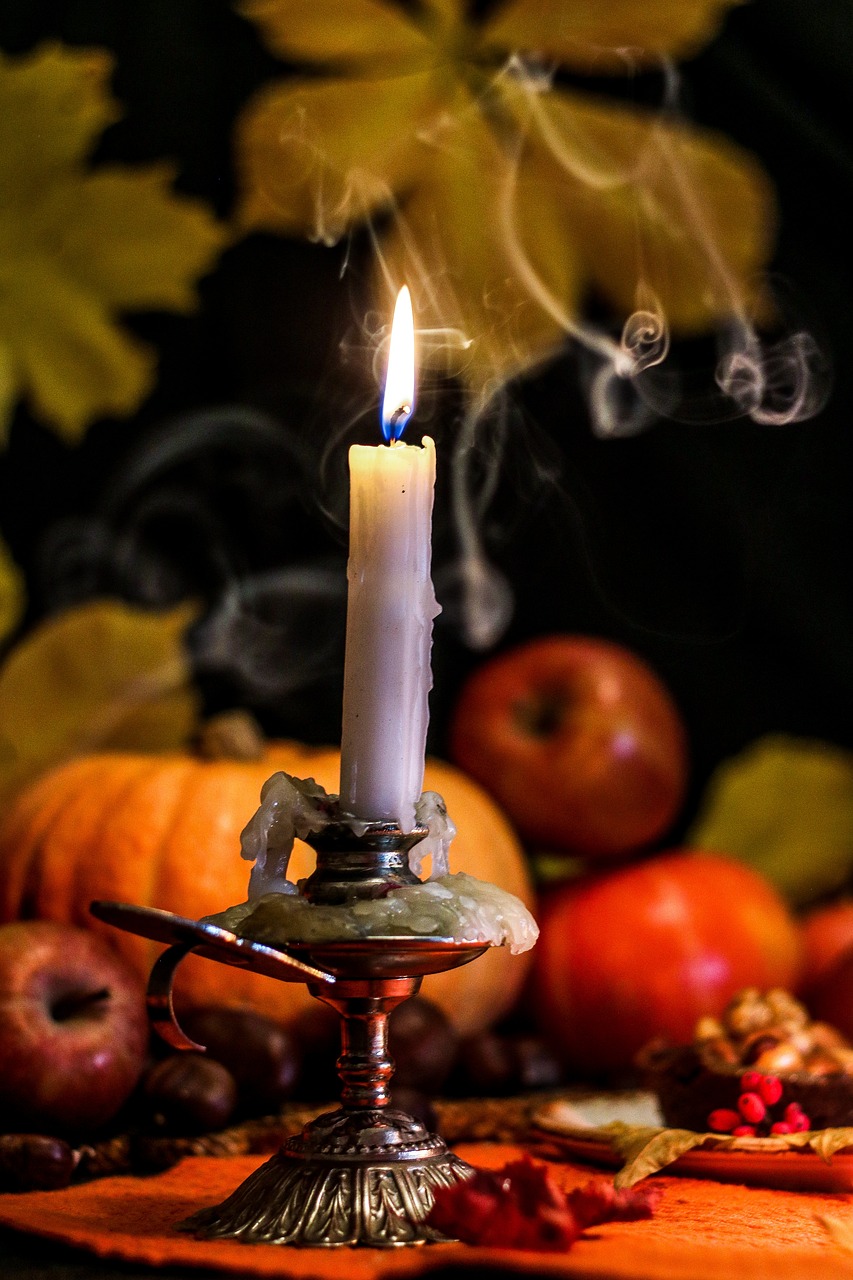Samhain Celebration: A Journey Through History
The date of November 1st has long been acknowledged as Samhain, which translates directly to the “end of summer.” October 31st signifies the conclusion of the Celtic year, the commencement of winter, and a period for introspection and pause.
On this significant occasion, it was believed that ancestors stepped through the threshold of time and shadows to revisit the living. To prevent recognition and possible unwelcome engagement from their departed kin, individuals would don costumes.
The early hours of the night brought about fear among people, with darkness evoking the notion of hidden spirits lurking nearby.
Samhain served as a time for congregations, the halting of hostilities, and the establishment of peace. This occasion prompted self-assessment and discussion on future plans. Debts were settled, while equestrian and chariot racing provided enjoyable distractions.
Traditionally, as Samhain, or Oiche Shamhna, unfolded, all fires would be extinguished, casting the night into its deepest darkness. Subsequently, these fires were rekindled, marking the onset of a new year.
Historical Significance of Tara and Tlachtga
In ancient times, the Hills of Tara and Tlachtga held significant importance. Tara served as the long-standing seat of Ireland’s High Kings (depicted in a photo above).
According to tradition, druids would ignite a colossal bonfire on the Hill of Tlachtga (located near Athboy, County Meath), and flames would be carried to every home throughout the night. Tlachtga lies approximately thirteen miles from Tara.
This ancient site, Tlachtga, served as the focal point of Celtic rituals over two millennia ago. Often overshadowed by its renowned neighbor, its significance remains underappreciated. Tlachtga was central to the Great Fire Festival heralding the arrival of winter.
The Great Fire Festival
Ceremonies and rituals conducted at Tlachtga provided the Irish with a sense of security, promising that light would once again triumph over darkness. This festival celebrated the Celtic sun god at year’s end.
This event likely continued for several days, revolving around the deity Lugh. The site was named after Tlachtga (pronounced Clackda), the daughter of the Druid Mug Ruith, who tragically died there while giving birth to triplets. The hill could be seen easily from Tara, and the flames lit on Samhain eve led into the Samhain celebration at Tara.
With the rise of Christianity, the festival was assimilated into the Christian calendar as a memorial for souls, allowing the ancestral roots of Samhain to endure. Aspects of the tradition that conflicting with Christian beliefs transitioned into what is now recognized as Halloween, a legacy carried by Irish immigrants to North America in the 19th century.
The Story of Tlachtga
The figure of Tlachtga herself is fascinating. She traveled around the world with her father, Druid Mug Ruith, absorbing his mystical knowledge and discovering sacred relics in Italy. Their travels were made possible by a magical vehicle called the roth ramach, or “oared wheel.” Tlachtga is credited with the birth of triplets named Cumma, Doirb, and Muach, each fathered by a different man. This event took place on the hill that would later bear her name.
The theme of triple births recurs frequently in Celtic mythology, and Tlachtga’s story mirrors that of Macha, a legendary figure from Navan in Armagh. The Luigni tribe, an Erainn group, is believed to have introduced the worship of Tlachtga as a fertility goddess to this territory, later being supplanted by the invading Lagin tribe who shifted power toward Tara.
The Hill of Tlachtga, also referred to as the Hill of Ward, features a ringfort linked to the royalty of Mide, and even the Munster region, boasting a diverse history.
In 1168, during a significant gathering, high king Ruaidri Ua Conchobair (Rory O’Connor) convened at this site. Mug Ruith, a legendary blind druid of Munster, noted for his immense stature and supernatural abilities, played a pivotal role in folklore. His legendary presence included a chariot that illuminated the night and a stone that transformed into a venomous eel when immersed in water.
According to tales, he was even tied to the execution of John the Baptist, despite his mythic existence dating back to 2500 BC. His descendants settled in an area known as Fir Maige Fene, now Fermoy.
Discoveries at the Hill of Ward
Today, the earthworks present on the Hill of Ward represent its most recent phase of development, tracing back about two millennia. Among these works lies evidence of an older burial site, indicating the hill’s lengthy history of ritualistic significance, predating the Celtic period.
The name “Ward” originates from a landowner dispossessed of his estate during Oliver Cromwell’s invasion in 1649. This land was subsequently passed to a Roundhead soldier. The descendants of the Ward family, earlier custodians of the land, still reside in County Meath, with some ties to Milwaukee Irish Fest as well.
Recent archaeological excavations at Tlachtga, or the Hill of Ward, have uncovered evidence of significant fires dating back to 500 AD, alongside the discovery of a child’s skeleton within one of the burial chambers. Professor Steve Davis from UC Dublin has spearheaded some of the research efforts at this historical site.
Dr. Davis posits that the reason for the hill’s minimal recognition may be attributed to its exclusion from traditional narratives tied to St. Patrick, suggesting that its notoriety led to suppression in ecclesiastical histories.
Interest in the site has surged in recent years, highlighted by torchlight processions up the hill during Samhain. This journey through history takes us across various terrains, mythologies, and revered figures, illuminating the transitions from the past to the present, from death to life, and from one year to the next.
Engaging in this exploration of Samhain encourages a deeper connection to its history, serving as a reminder that concealing one’s identity from spectral kin might be wise—after all, they could come seeking a favor.



